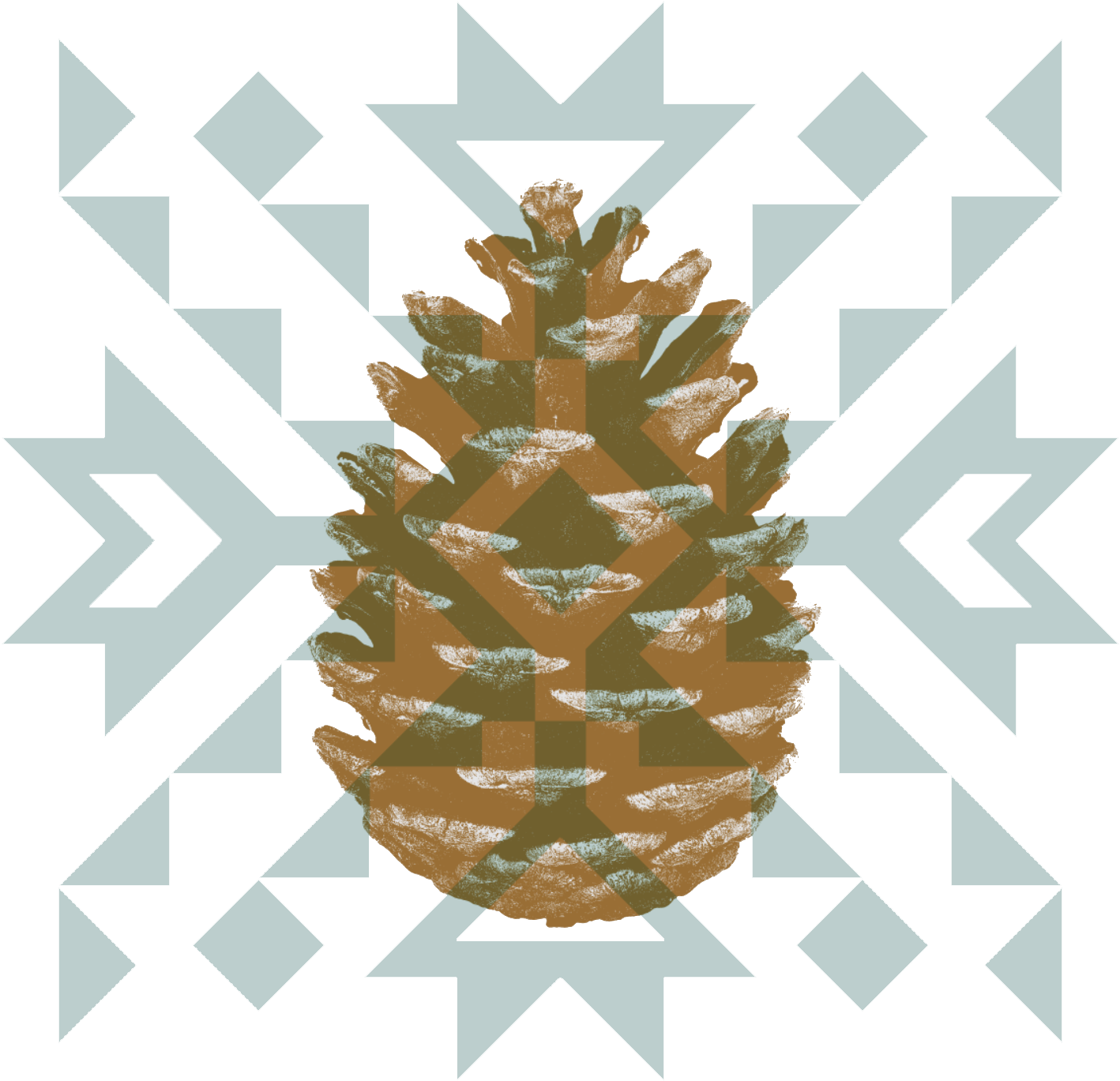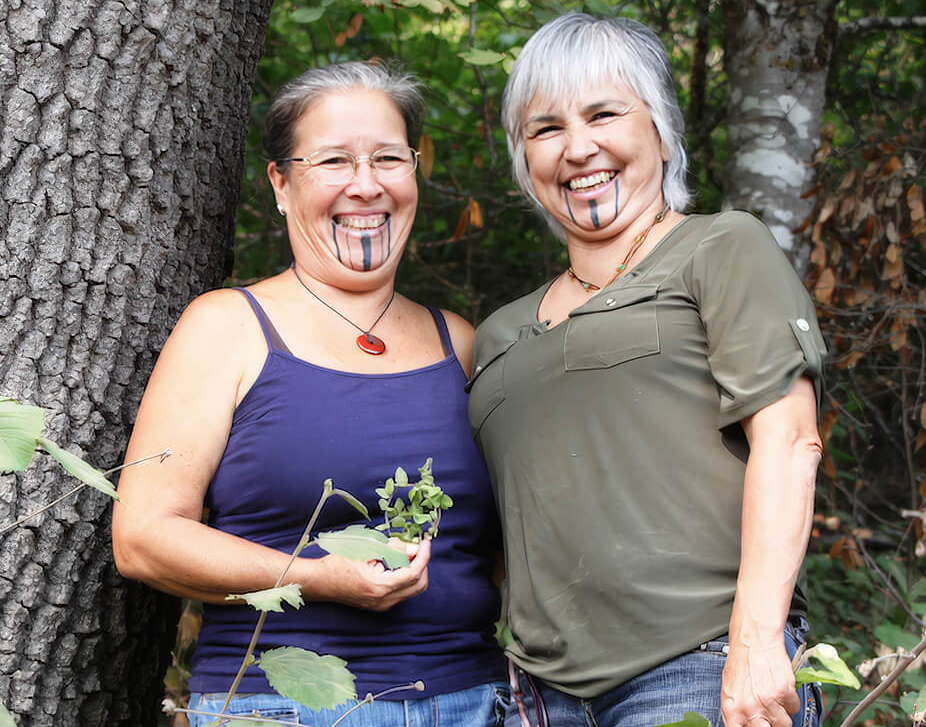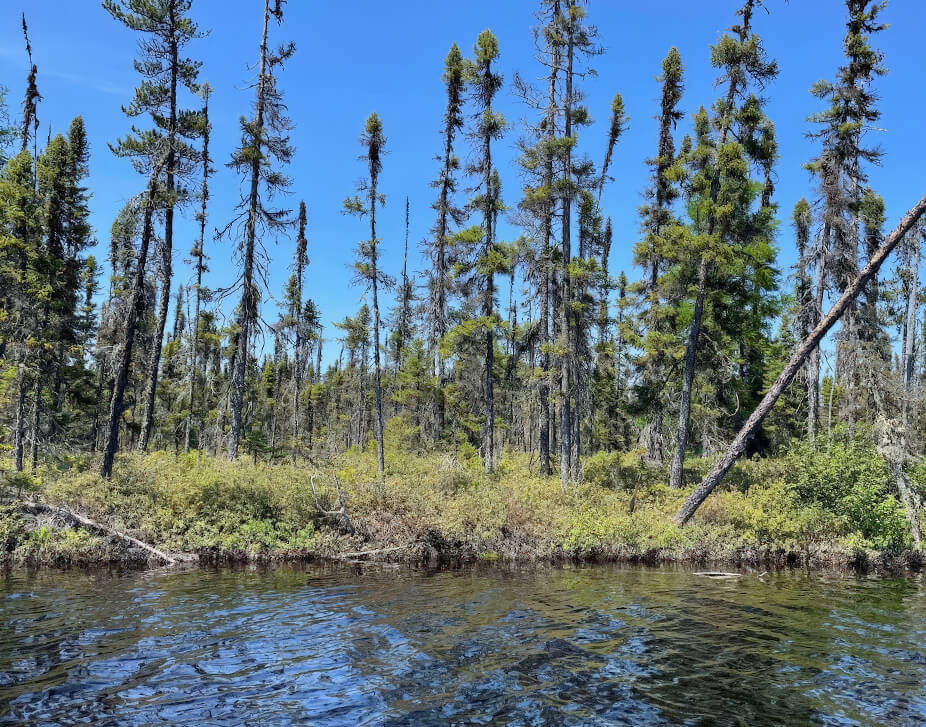

Braiding Indigenous Knowledge and Western Science for resilient forests
North American forests face unparalleled threats. Ensuring their sustained existence for future generations requires wise stewardship.


North American forests face unparalleled threats. Ensuring their sustained existence for future generations requires wise stewardship.
Challenges to North American forests exacerbated by climate change make these landscapes less able to provide for our cultures, ecosystems, and economies.
Currently, the dominant forest management approach is reactive and focused on short-term solutions, which has contributed to today’s dire situation. A broader, proactive, seventh-generation approach is needed to combat the following key threats:
An adaptive and proactive approach to forest stewardship can reduce the incidence and severity of extreme wildfires and limit the impacts of climate change. This approach can be informed by both Indigenous Knowledge and Western Science, enabling forests to adapt to changing conditions and increase their resilience and function. Adaptive approaches focus on learning while doing.
By braiding together traditional Indigenous Knowledge and Western Science, we can strengthen our ties to the land, open the door to benefits for both landscapes and human communities, and support adaptive and resilient forests. It is our collective responsibility to restore ecocultural systems that support Indigenous practice and culturally significant resources today.

Expand active forest stewardship, including activities like cultural and prescribed burning, forest thinning, and restoration at a pace matching the scale of modern wildfires. Active stewardship can restore forest resilience and reduce the great financial and cultural expense of extreme wildfire disasters and response.

Partner with Tribal organizations at all stages of stewardship, including policy development, planning, monitoring, decision-making, and adaptive stewardship. The incorporation of Indigenous Knowledge is essential to forest stewardship and resilience.

Managing forests based on the assumption that a landscape will remain static does not work. We must change to a flexible stewardship strategy, encompassing old-growth and mature forests, that recognizes the need to be adaptive and responsive to rapidly changing conditions.

Indigenous stewardship created sustainable and resilient landscapes. Indigenous-inspired and -led active management can help forests, similar to how forests help humans, both today and for generations to come. A reciprocal relationship is needed, where both humans and the landscape provide benefits to one another.

Provide dedicated funding for long-term forest monitoring in order to learn what is working best on rapidly evolving landscapes, determine when changes in practice are needed, and implement innovative management practices based on learnings from monitoring.

Real-world examples of place-based stewardship, strategies, and tools for adapting forests to climate change.
Prior to Euro-American colonization, Indigenous Peoples actively stewarded much of North America and continue these practices today. Sustaining forest health involves cultural burning and a broad variety of other practices that are focused on caretaking forests, grasslands, meadows, and open woodlands. Indigenous stewardship often prioritizes maintaining open canopy forests and healthy understory plant and animal communities. These understories are a breadbasket for Indigenous communities and highly prized for their productivity. By comparison, modern Western practices center around closed tree canopies, which cover large areas.
Some of today’s most threatened forests were formerly stewarded by Indigenous practices. European colonization and the diseases that colonists carried killed up to 80–90% of the Indigenous population, displacing remaining Peoples and disrupting cultural burning practices. In the absence of frequent cultural burning and other stewardship practices, many forests of today have become dense and vulnerable to drought, forest insects and diseases, and wildfires.

We are an intercultural, interdisciplinary team of Indigenous and Western scholars and practitioners focused on place-based adaptation strategies for North American forest landscapes, informed by Indigenous Knowledge and Western Science.
Led by Dr. Cristina Eisenberg (Oregon State University), Dr. Susan Prichard (University of Washington), Dr. Michael Paul Nelson (Oregon State University), and Dr. Paul Hessburg (USFS Pacific Northwest Research Station), our team developed a report outlining stewardship methods and recommendations to support climate-adaptive forests.